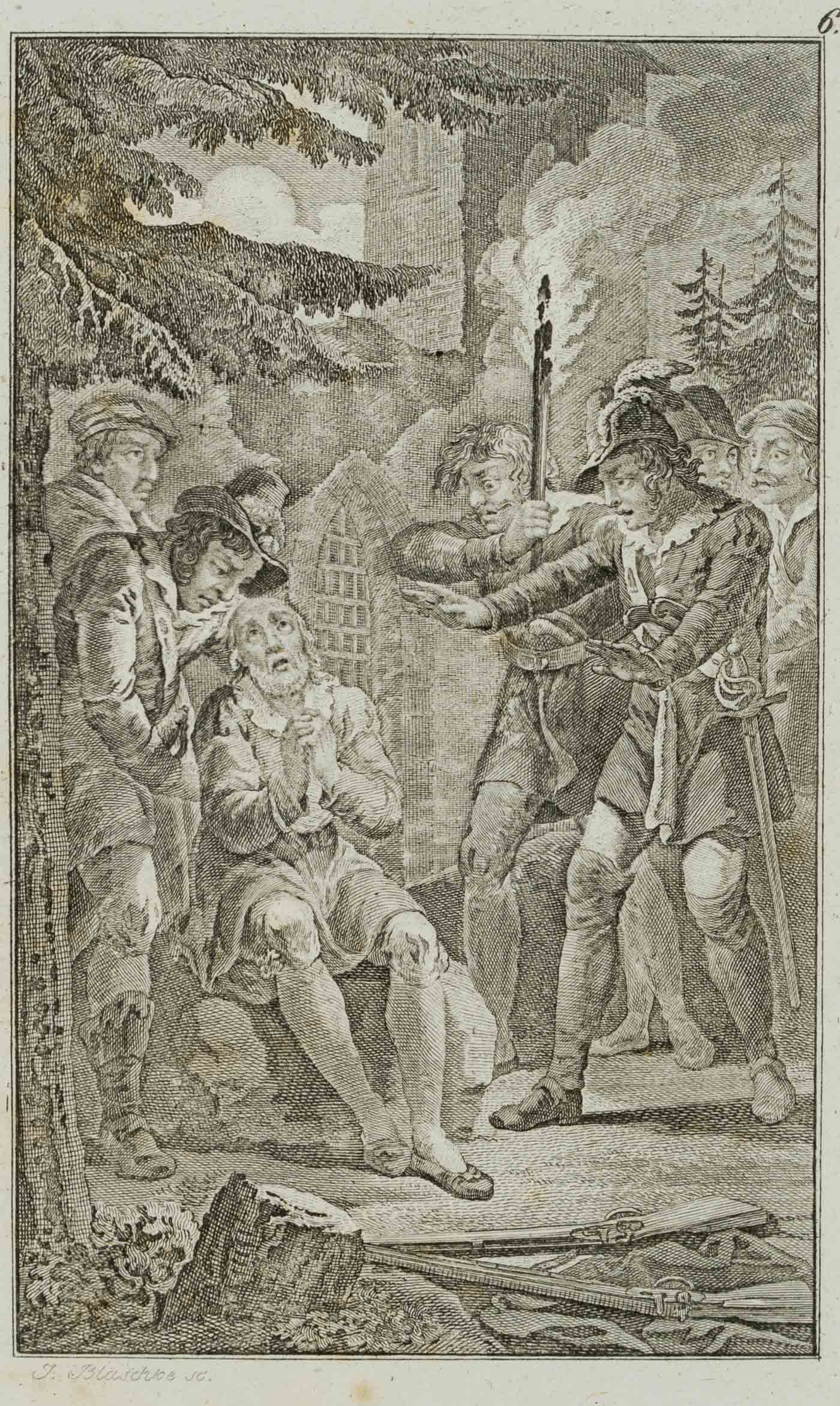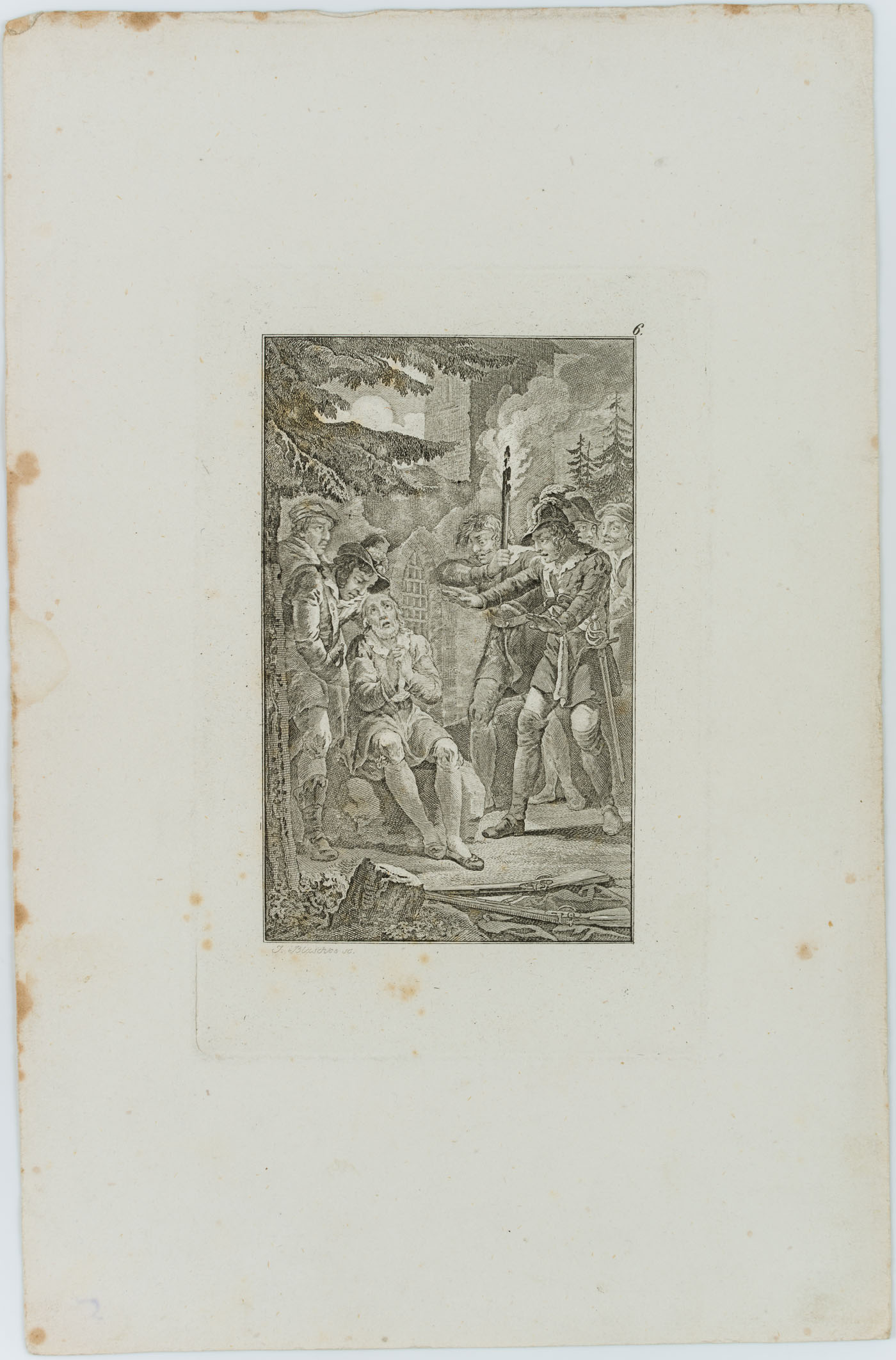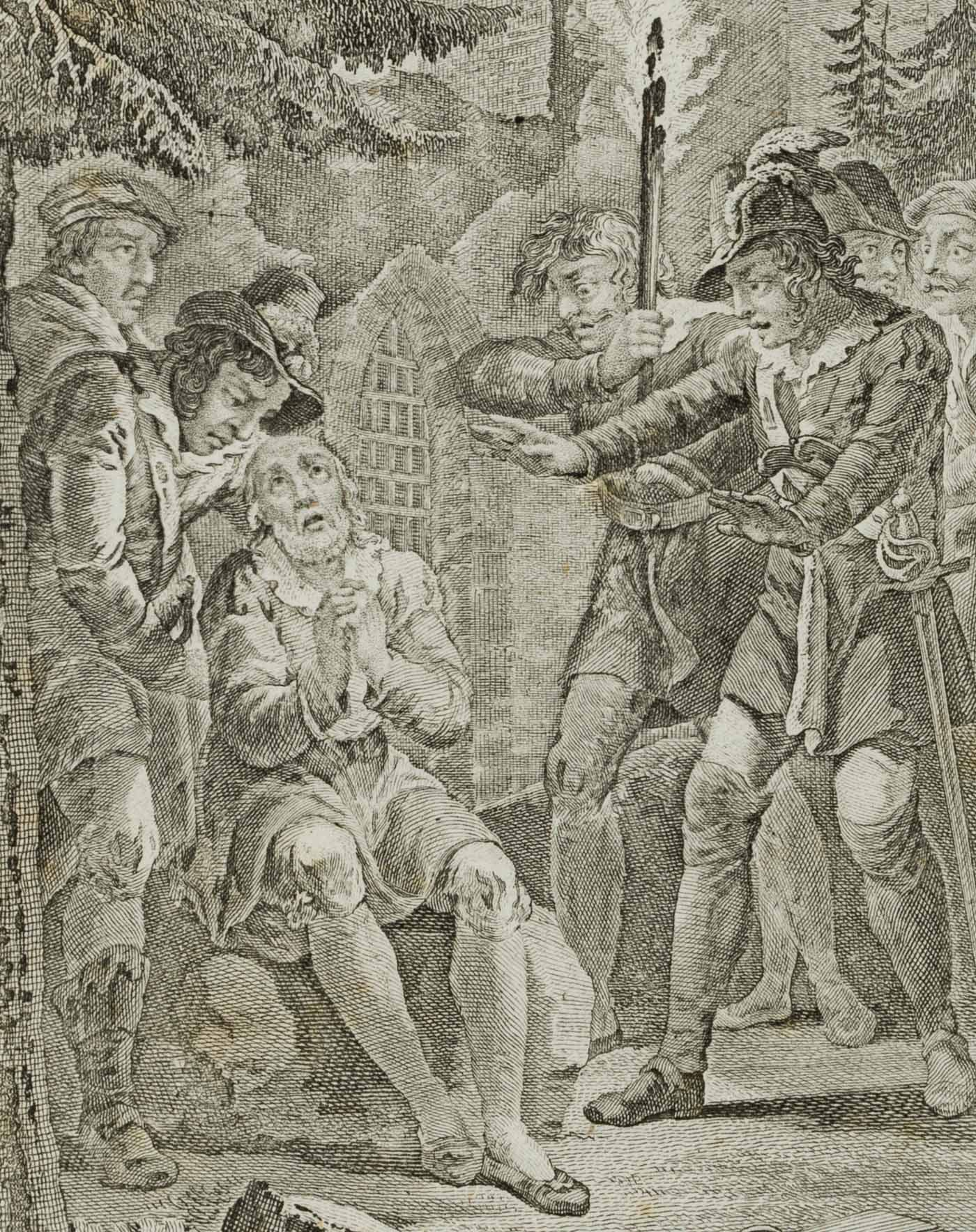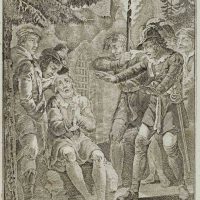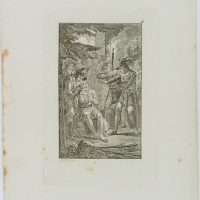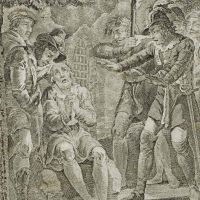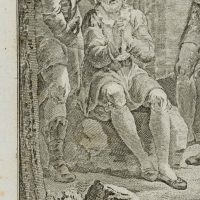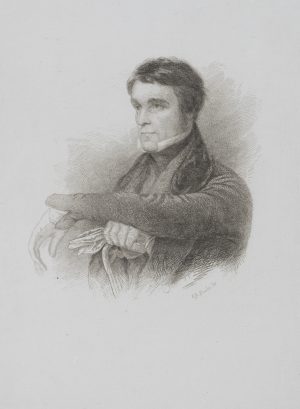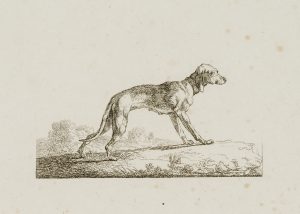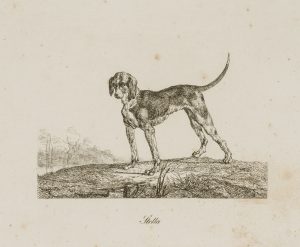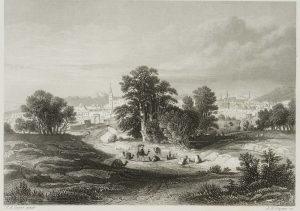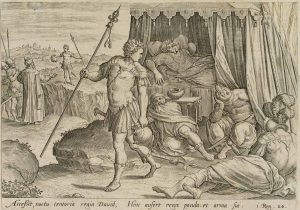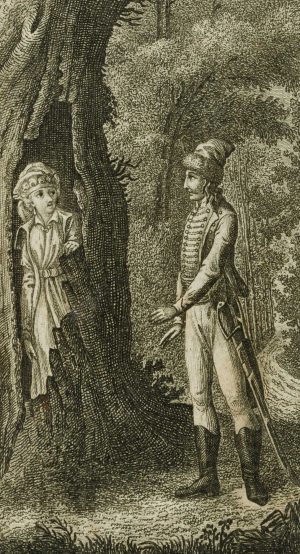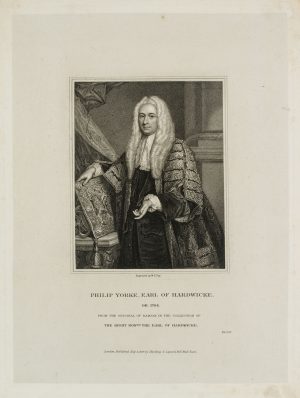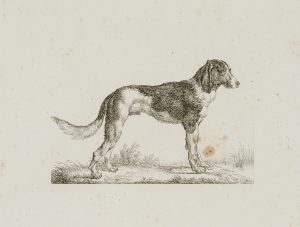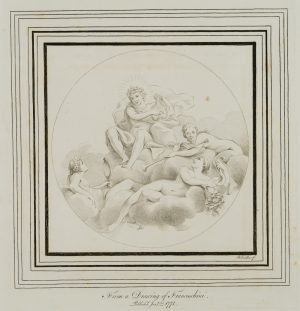Janos Blaschke (19. Jahrhundert), Literaturillustration. Szene aus “Die Räuber”, von F. SCHILLER (*1759), 19. Jahrhundert, Stahlstich
- Technik: Stahlstich auf Papier
- Datierung: 19. Jahrhundert
- Beschreibung: bezeichnet links unterhalb der Darstellung “J. Blaschke sc.”. Szene aus dem Drama “Die Räuber” von Friedrich SCHILLER. Darin greift SCHILLER die Rivalität zweier gräflicher Brüder auf. Auf der einen Seite der von seinem Vater geliebte, intelligente, freiheitsliebende spätere Räuber Karl Moor, auf der anderen Seite sein kalt berechnender, unter Liebesentzug leidender Bruder Franz, der auf Karl eifersüchtig ist und das Erbe seines Vaters an sich reißen will. Zentrales Motiv ist der Konflikt zwischen Verstand und Gefühl, zentrales Thema das Verhältnis von Gesetz und Freiheit.
- Schlagworte: Porträt, Literatur, Deutschland, Romantik, 1800-1849
- Größe: 26,7 cm x 17,4 cm, Darstellung: 12,1 cm x 7,5 cm
- Zustand: Guter Zustand. Die Ecken des Blattes sind bestoßen, zum Teil mit Knickspur. Vereinzelt blasse Verfärbungen und Stockflecken, der obere Rand des Blattes ist leicht beschädigt.
English Version:
Janos Blaschke (19th century), Literary illustration Scene from “The Robbers”, by F SCHILLER (*1759), 19th century, Steel engraving
- Technique: Steel engraving on Paper
- Date: 19th century
- Description: inscribed on the left below the depiction “J. Blaschke sc.”. Scene from the drama “The Robbers” by Friedrich SCHILLER. In it SCHILLER takes up the rivalry between two brothers of the count. On the one hand, the intelligent, freedom-loving later robber Karl Moor, loved by his father; on the other hand, his coldly calculating brother Franz, suffering from love deprivation, who is jealous of Karl and wants to usurp his father’s inheritance. The central motif is the conflict between reason and emotion, the central theme the relationship between law and freedom.
- Keywords: 19th century, Romanticism, Portraits, Germany,
- Size: 26,7 cm x 17,4 cm (10,5 x 6,9 in), Depiction: 12,1 cm x 7,5 cm (4,8 x 3 in)
- Condition: Good condition. The corners of the sheet are bumped, partly with crease mark. Isolated pale discolourations and foxing, the upper margin of the sheet is slightly damaged.

